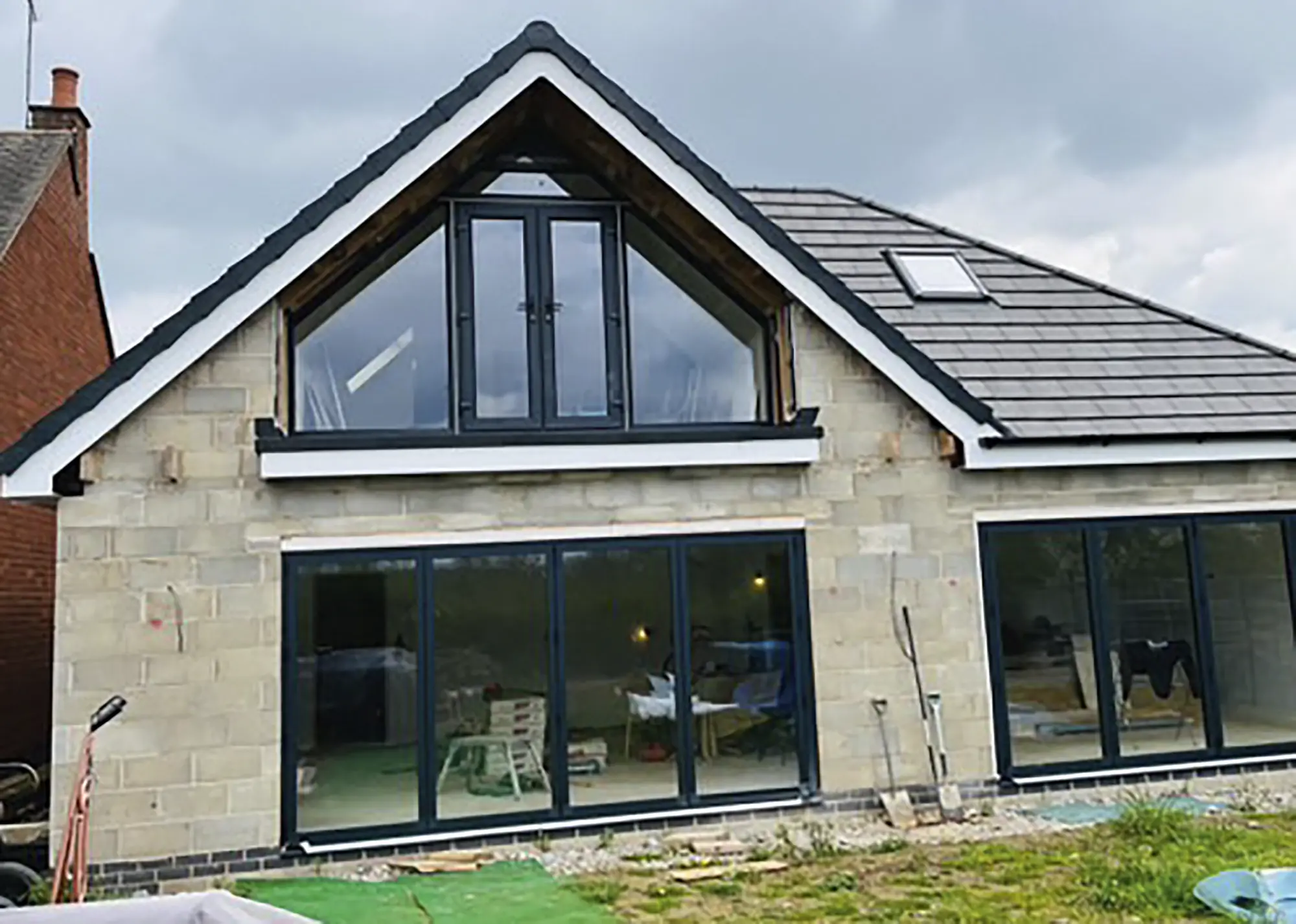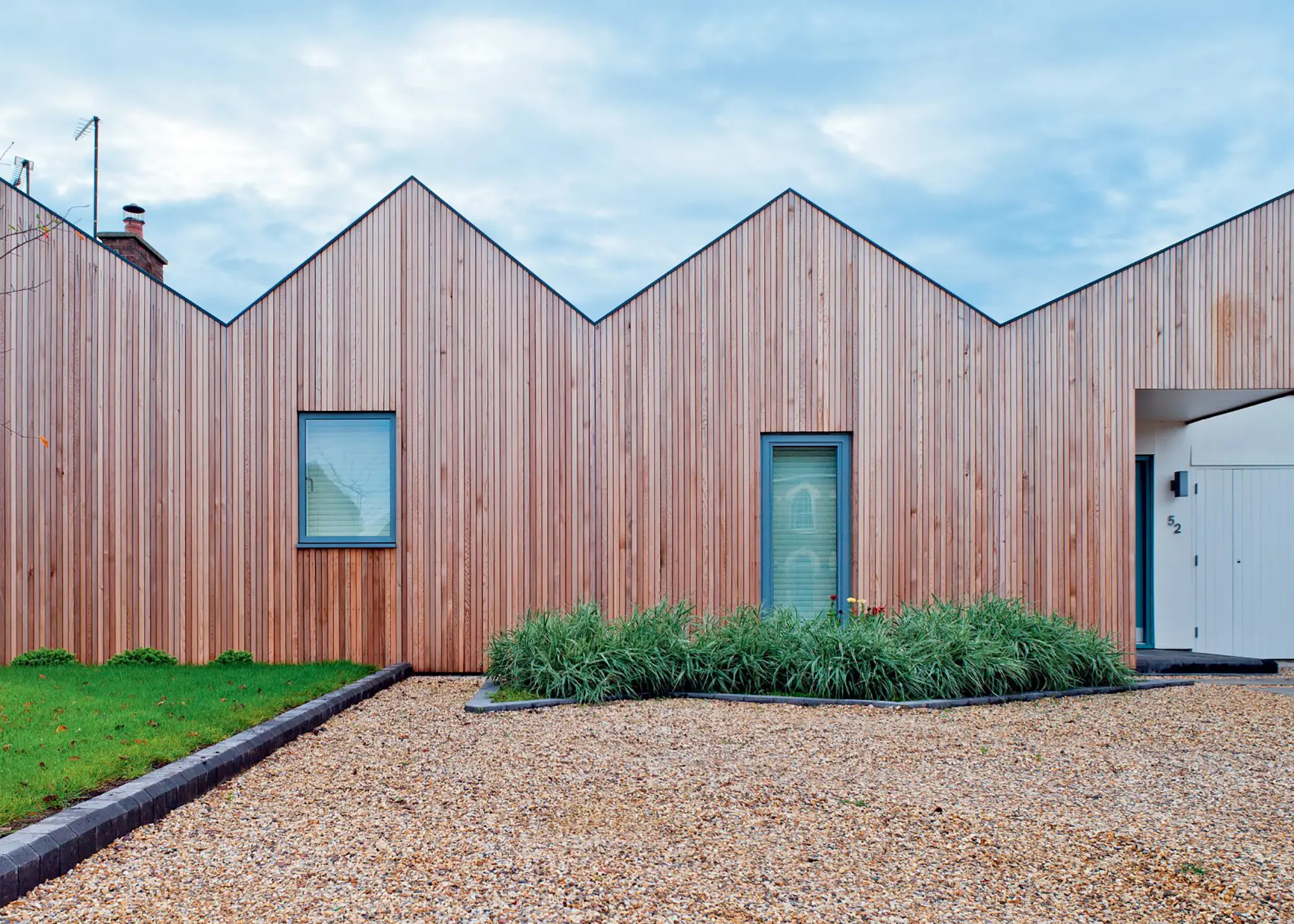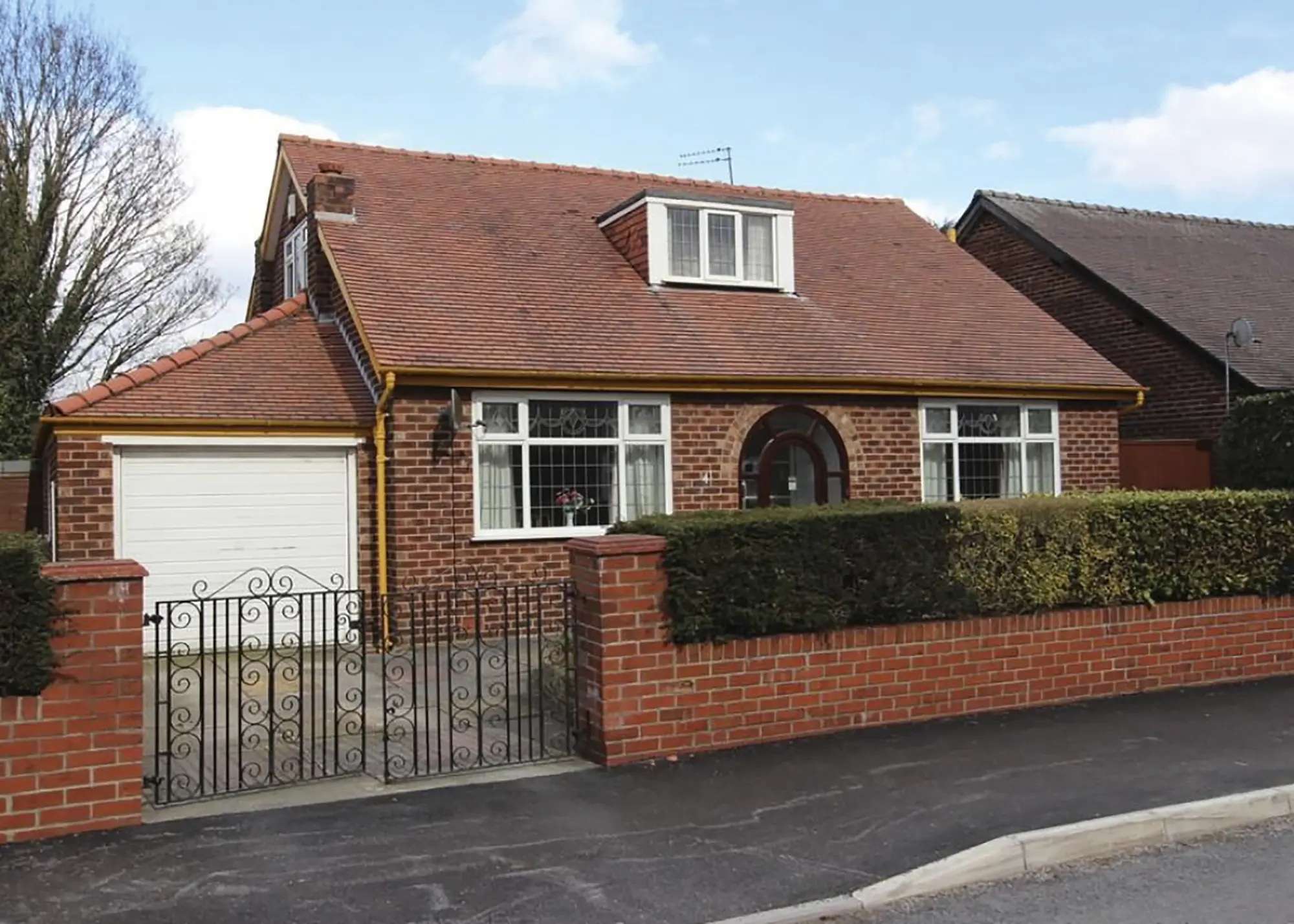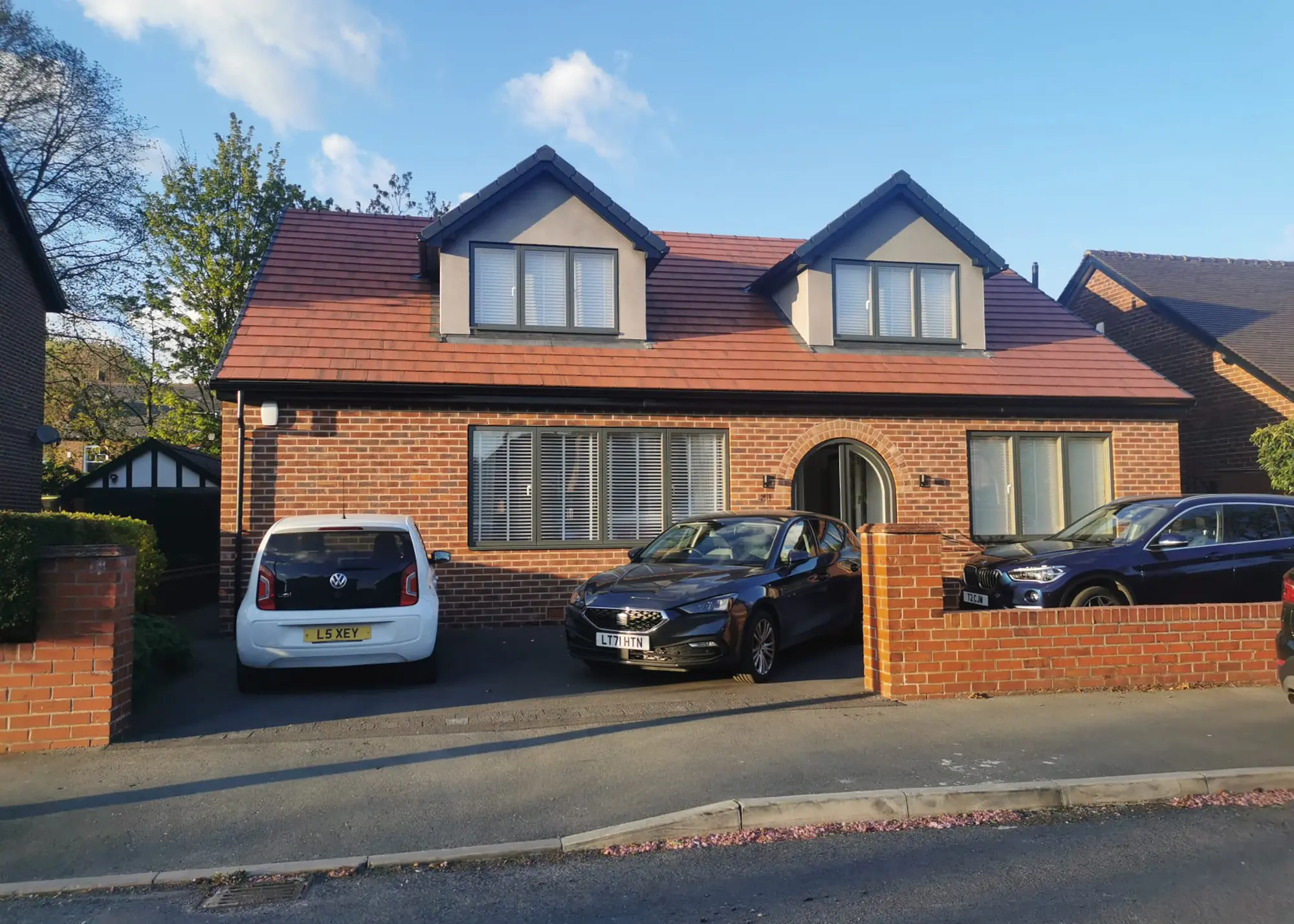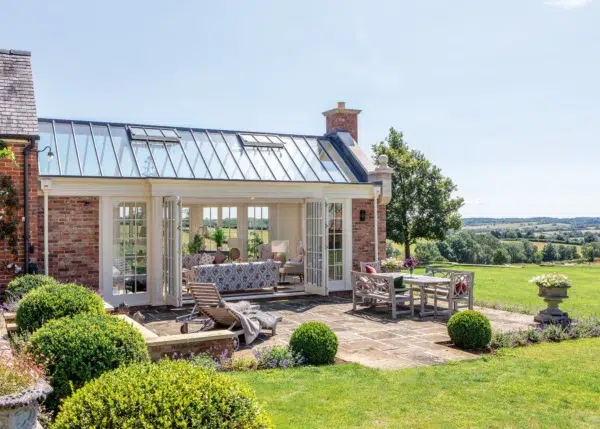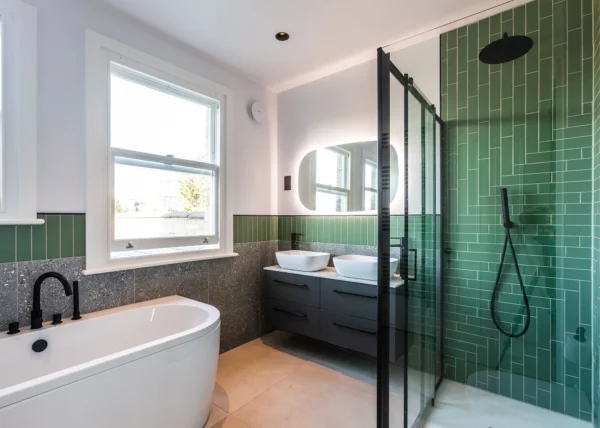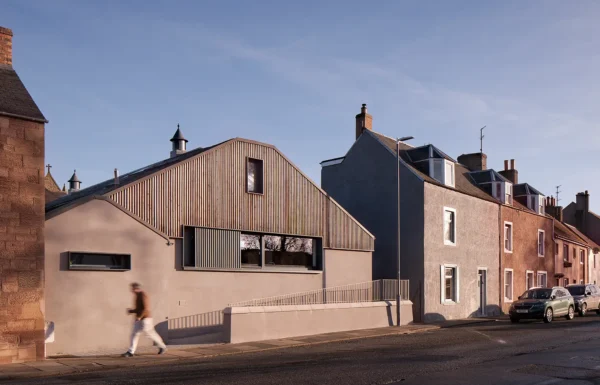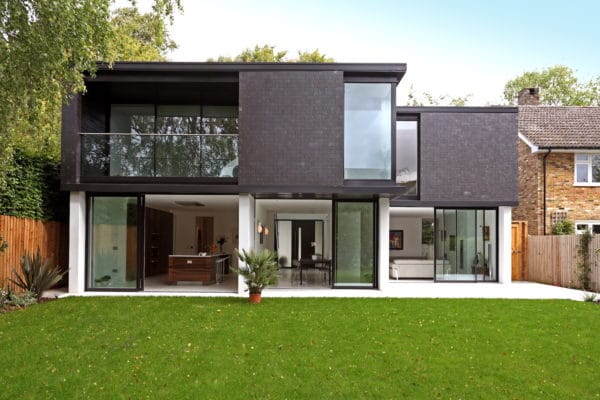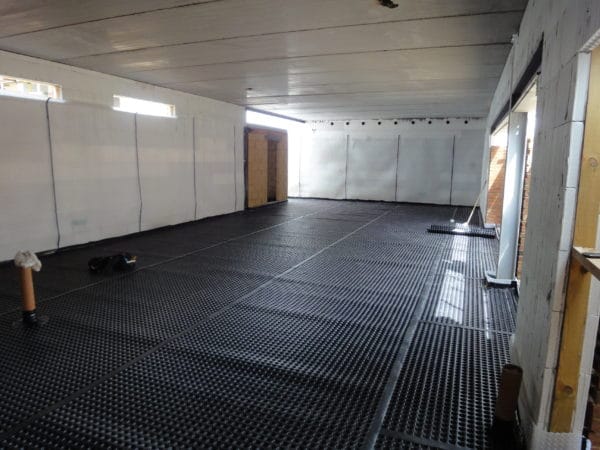Bungalow Renovation Expert Guide – How to Upgrade a Single-Storey Home
The convenience of single-storey living is a big attraction for many. Bungalows eliminate the need for stairs, making them ideal for people of all ages and mobility levels. They’re also extremely flexible, accommodating open-plan layouts alongside the possibility of extending upwards into the loft or, plot permitting, into the garden. So, a bungalow renovation could seem like a no brainer – providing you with these benefits and the opportunity to create your perfect home.
In terms of efficiency, bungalows offer an advantage thanks to their compact footprint and single-storey layout, which can reduce heat loss, leading to lowered energy bills throughout the year. So, what do you need to know before undertaking a bungalow renovation? Here, I’m looking at the key considerations to set you off on the right foot.
Adjusting the Layout as Part of a Bungalow Renovation
One of the simpler, less invasive and cost-efficient ways of renovating a bungalow house is to go for a change in layout, improving the house’s functionality. Single-storey living means that each room’s positioning needs careful consideration, ensuring it has the right level of privacy, space and light. For example, you may wish to locate all social spaces (such as kitchen, hallway and living room) at the front of the house, with bedrooms and bathrooms at the back, for enhanced privacy and security.
Some bungalow house layouts can feel boxy, so removing walls as part of the bungalow renovation can give a sense of space, making them feel much larger and airier. You do, of course, need to ensure that adequate structural support is in place before removing any internal walls. Speak to the right experts and consider incorporating design elements like partial walls, different flooring materials, or varying ceiling heights to delineate various zones within the open space.
CASE STUDY 1980s bungalow renovationBuild It readers Linda and Vic Woods bought a 1980s bungalow on the outskirts of Glasgow, with plans to undertake a renovation that would retain the spirit of the single-storey building.
|
| Preliminaries | £44,000 (£157 per m²) |
| Foundations | £81,625 (£291 per m²) |
| Roof structure & covering | £74,343 (£267 per m²) |
| Plumbing & heating | £48,260 (£172 per m²) |
| Electrics | £28,260 (£101 per m²) |
| External works | £61,451 (£219 per m²) |
Photos: David Barbour
Open-plan living can be a great option, allowing for enhanced natural light and much larger living spaces, such as a combined kitchen/dining/living space. This can be excellent for entertaining and family time as it removes typical barriers between rooms.
With that being said, open spaces are likely to create more noise and you’ll want to consider the impact of sound travel on nearby private spaces. Extra insulation will help counteract this, or you can also opt for softer furnishings such as carpets or strategically-placed bookshelves to absorb noise.
Premium Content
Downloadable E-Guide
Build It's loft conversion downloadable e-guide takes you through the essential considerations, from costs to an estimated project timeline. Click below to find out more.
find out more
Adding an Extension When Undertaking a Bungalow Renovation
You can, of course, extend the house and add to the floorspace as part of a bungalow renovation. You will need to consider your roofline as adjusting its structure can be expensive. A cost-effective solution could be a flat roof extension, which in this instance, will likely be a separate unit that’s connected to the original bungalow’s roof structure beneath the eaves. This is the simplest solution, as a flat roof extension is self-supporting and easier to achieve than joining the old and new sections seamlessly.
CASE STUDY 1950s bungalow upgradeKaren Ludden purchased this 1950s two-bedroomed bungalow in June 2021. It took 13 weeks to get through the planning process and the project was finally granted planning permission in October 2021.
She decided to extend the bungalow’s ground floor, both to the front and side of the house, creating a new, open-plan living space with a kitchen area and utility. Upstairs, they took off the existing roof to create four more bedrooms, two bathrooms and a balcony. |
If you extend while undertaking a bungalow renovation, it’s important to consider natural light. Incorporate larger windows, rooflights or even glazed doors to flood the interior with daylight. This not only enhances the feeling of space but also creates a connection with the outdoors.
An obvious way to create more space when renovating a bungalow is to extend upwards and add an extra useful storey. This also negates any need for work on the bungalow’s foundations, provided these are strong enough to hold an additional storey. This will most likely involve the addition of a staircase, as well as the introduction of glazing, such as rooflights or Juliette balconies.
EXPERT VIEW Updating the bungalow’s exteriorOpinder Liddar from Lapd Architects shares his tips for upgrading a bungalow’s exterior facade Windows on older bungalows are likely to have standard head and sill heights. A simple, non-structural adjustment is to lower the sill, but keep the opening at the same width. This means that the structural lintels above the windows can stay the same, but you’ll benefit from better light in and greater visibility out. If your project involves more intensive structural changes then it’s worth increasing the openings’ size, perhaps replacing them with glazed doors. Above: A new external appearance designed by Mole Architects featuring vertical larch boarding and gabled roofs has completely transformed this 1960s bungalo Updating the front door is a simple way to get a contemporary look; choose a unit that works with your new glazing. A front porch will help to break up long, flat elevations, as will the addition of bay windows. |
There are a number of different loft conversions on offer for bungalow renovations. Assuming you have the head height required (2.2 metres from the floor to the bottom of the ridge beam), the simplest option is to go up into the existing roof space, creating additional rooms. A big limitation here will be usability of the entire loft due to the apex compromising space, which may also come with layout challenges.
For example, you’ll struggle fitting a full-height wardrobe and other storage features. A more costly and labour-intensive option, but one that provides more functionality (as well as the potential to add more value) is the addition of a dormer extension. This involves creating a flat-roofed addition, extending the space out from your sloping roof to give full head space across the room.
Finally, if a loft conversion does not take your fancy, why not create a high ceiling as part of the bungalow renovation? By opening this up to the pitch of the roof, your bungalow renovation can bring a grand, spacious feel to your home.
CASE STUDY Dormer extension & renovationAndrea and Colin Mason bought their four-bedroom, one-bathroom bungalow in September 2018. At the time, it was tired and in need of an update, with small, pokey rooms. They undertook a dormer and rear extension, opening out the space to create an open-plan family and living area, which has enhanced the overall functionality of the home. |
Improving Energy Efficiency While Undertaking a Bungalow Renovation
Many bungalows were built in the 1930s and ’40s, and yet more from the ’60s onwards. Whilst these properties are often sturdy, they won’t achieve the efficiency standards of today’s new build homes. However, there are several ways you can improve the property’s thermal performance as part of the bungalow renovation:
- Wall insulation. Adding wall insulation is an obvious upgrade for an efficient bungalow renovation, but it’s important to consider when your home was constructed and the type of walls you have. If you have solid walls, the structure will need to breathe and so you will need to insulate correctly to enable air circulation (for instance, using natural materials such as wool, or building a timber frame with an air gap), helping to avoid condensation and mould issues down the line.
- Floor insulation. Earlier bungalows were built with suspended floors, meaning there’ll be a gap beneath them to fill with insulation. Breathability is key when renovating a bungalow like this and materials such as mineral fibre can be effective but this usually means lifting your boards. Newer floors tend to be solid (ie concrete). They’re less prone to heat loss but can still be insulated by adding a foam layer on top, for example, and covering with chipboard.
- Loft insulation. Upgrading loft insulation is a quick win to increase thermal performance when undertaking a bungalow renovation as your loft space is often easy to access and will be a key area for heat loss. There are three main types of loft insulation. These are blanket, loose fill and blown – each suit different kinds of loft space and budget.
- Good quality glazing that’s well-installed can greatly improve a home’s performance. If upgrading or replacing windows isn’t an option, you can introduce measures such as secondary glazing or draught proofing as part of the bungalow renovation
CLOSER LOOK Adding value while undertaking a bungalow renovationWhilst it’s important to make changes to your home that you can enjoy, it’s also critical to consider those that’ll add value. Here are the key projects to consider:
|
How Much Does a Bungalow Renovation Cost?
How much your bungalow renovation costs will depend on a number of factors such as location, materials and the extent of works needed. For example, adding new space and foundations, or underpinning existing foundations as part of a bungalow renovation will of course be more expensive than simply changing the layout.
On average you should expect to budget the following for a bungalow renovation:
- For an entire bungalow renovation, including a basic loft conversion, you should look to budget around £1,500 per m². This includes labour and materials of an average specification.
- A simple loft conversion, with compromised headroom, could start at around £50,000, assuming you opt for lower-end window solutions.
- A dormer loft conversion as part of a bungalow renovation is likely to start at £70,000, again assuming basic glazing fixtures.
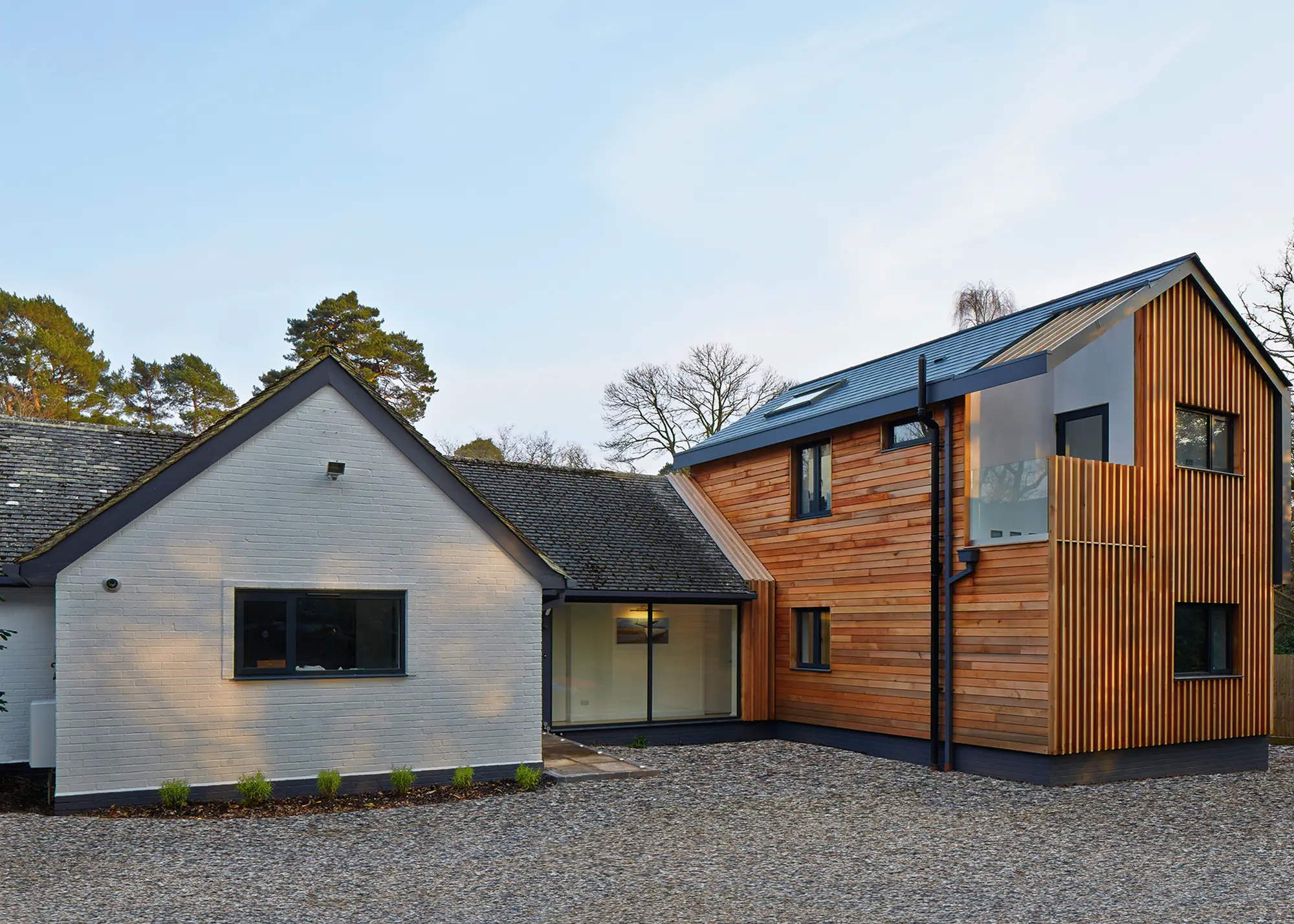
This 1950s bungalow was too small for the young family living there, so they brought in LA Hally Architect to design a large two-storey extension. The addition features a contrasting exterior palette of timber cladding and big windows
As with any home improvement project, though, it’s tricky to pin down bungalow renovation costs until you really get into the job. To help you budget effectively, it’s important to note how the following areas can impact your total project costs:
- Structural Work. Foundation repairs/improvements are hard to predict when undertaking a bungalow renovation. If you are reenforcing the house’s foundations then cost will depend on the extent of the work required, soil conditions, and accessibility.
- Roof alterations/extensions. This will depend on quality of the existing roof, the pitch, materials used (ie tiles, slates) and complexity of the design.
- Wall removal/addition. Where we have talked about open-plan living or internal reconfigurations, costs can escalate when structural support requirements are more in-depth. For example, moving supporting walls as part of the bungalow renovation will increase costs versus stud walls.
- Plumbing and electrical upgrades or issues (such as broken drains or a need to move soil pipes) can significantly impact how much your bungalow renovation costs and the project’s timeline. The age of your house’s existing systems can also influence this.
- Finishes, fixtures & fittings. Overall, the specification of fixtures and fittings can have a huge impact on costs, though these are more under your control. Kitchens and bathrooms often make up large chunks of a budget, and can vary widely depending on quality and specification.
A top tip for keeping your bungalow renovation as budget-friendly as possible is to source items and have someone install them separately, as this costs much less than paying someone for an entire bathroom suite and installation service, for example.
Always ensure you get multiple quotes for the bungalow renovation works and do not be afraid to challenge costs to fully understand what you’ll be paying for before committing. Remember that unforeseen issues often arise during home improvement projects, so it’s wise to factor in a contingency of at least 10-20% of your total bungalow renovation budget.




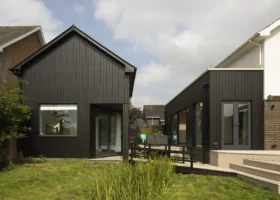

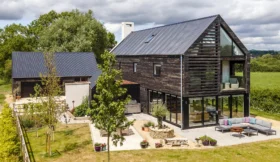
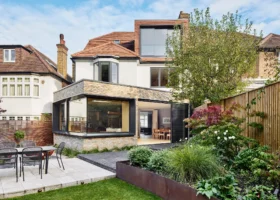
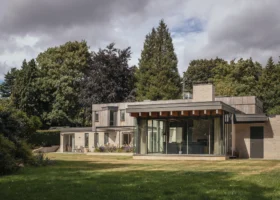

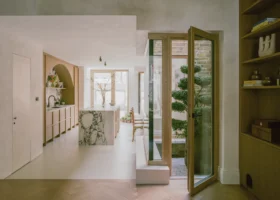
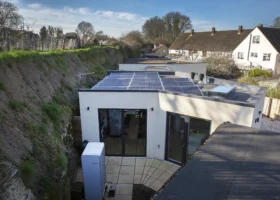
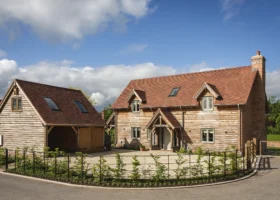




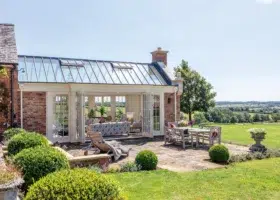
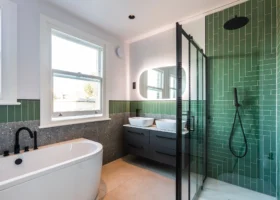
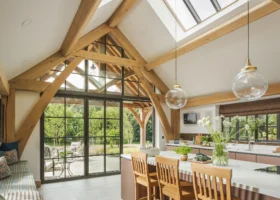
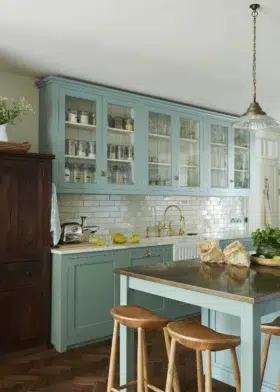

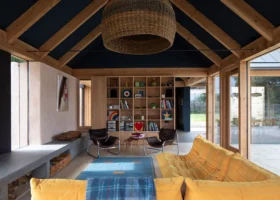








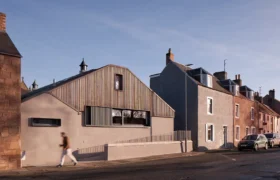
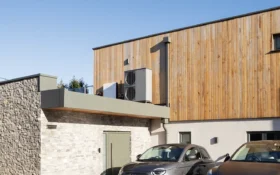



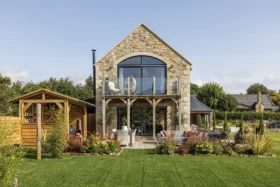
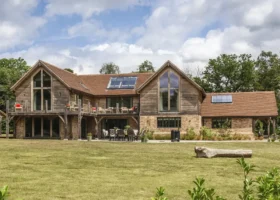
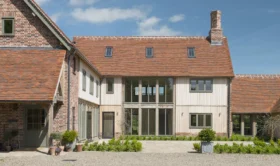


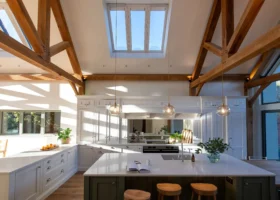
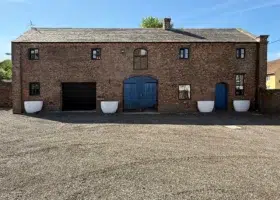
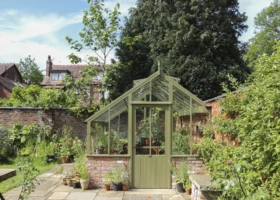


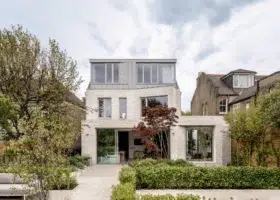
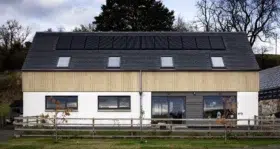
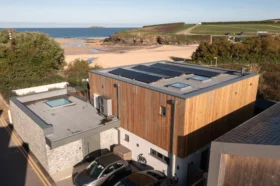


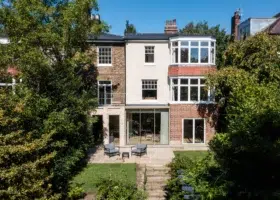
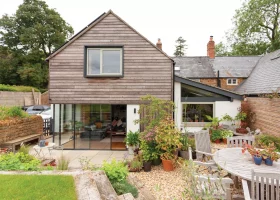






















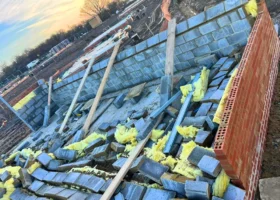


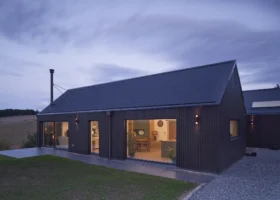
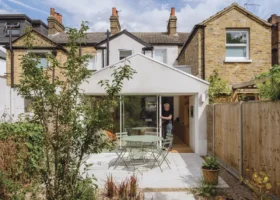

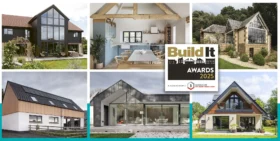





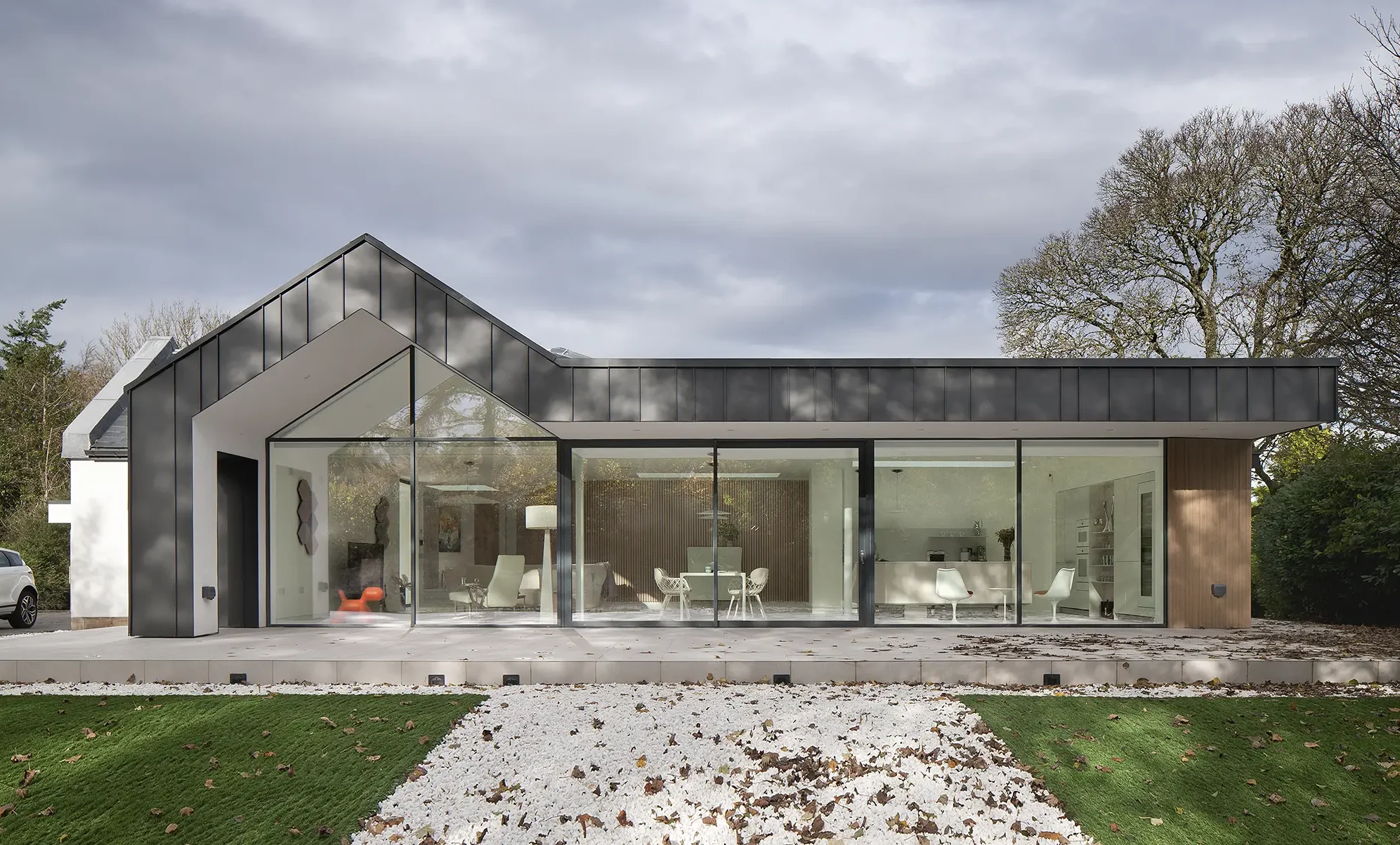
 Login/register to save Article for later
Login/register to save Article for later

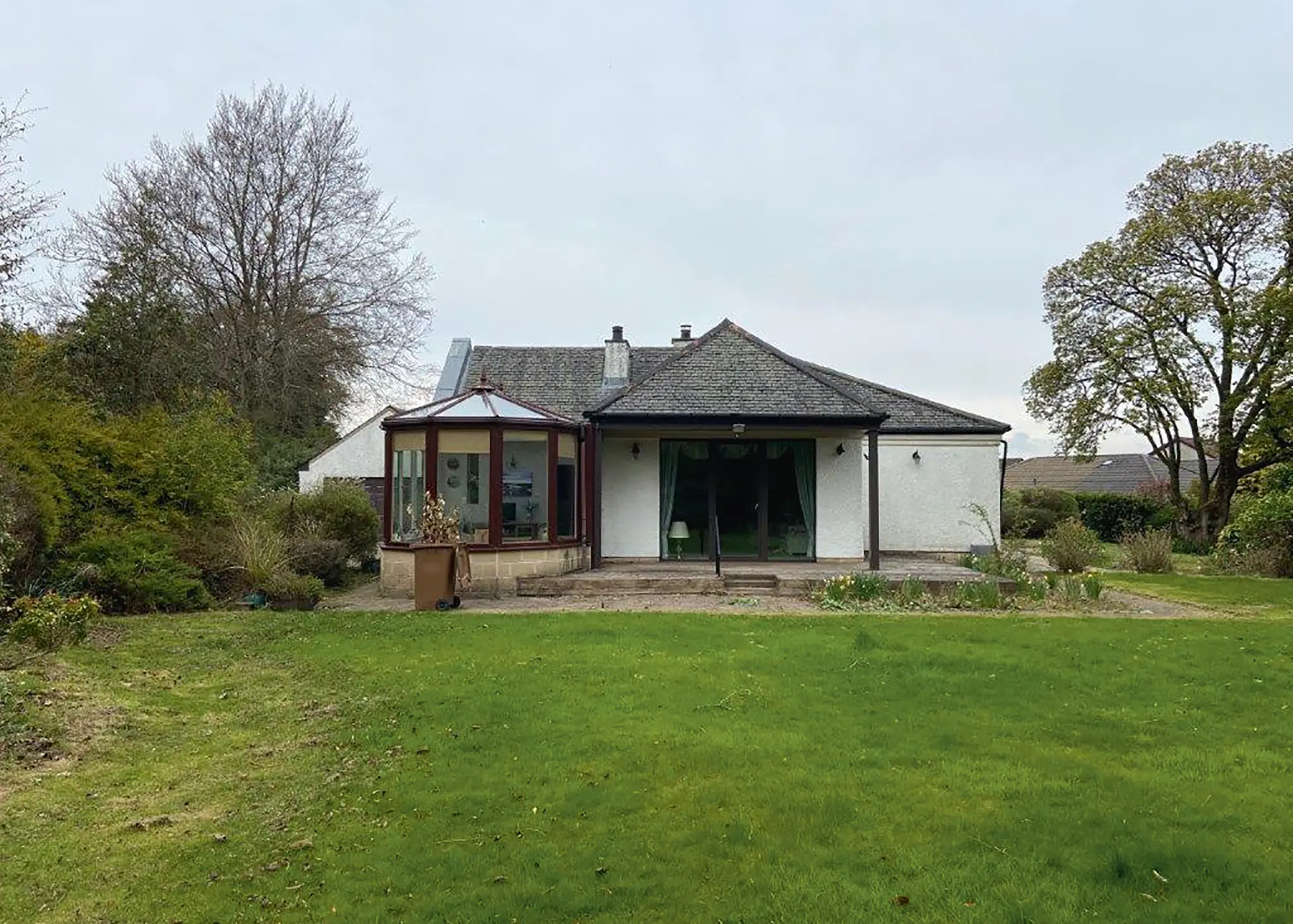
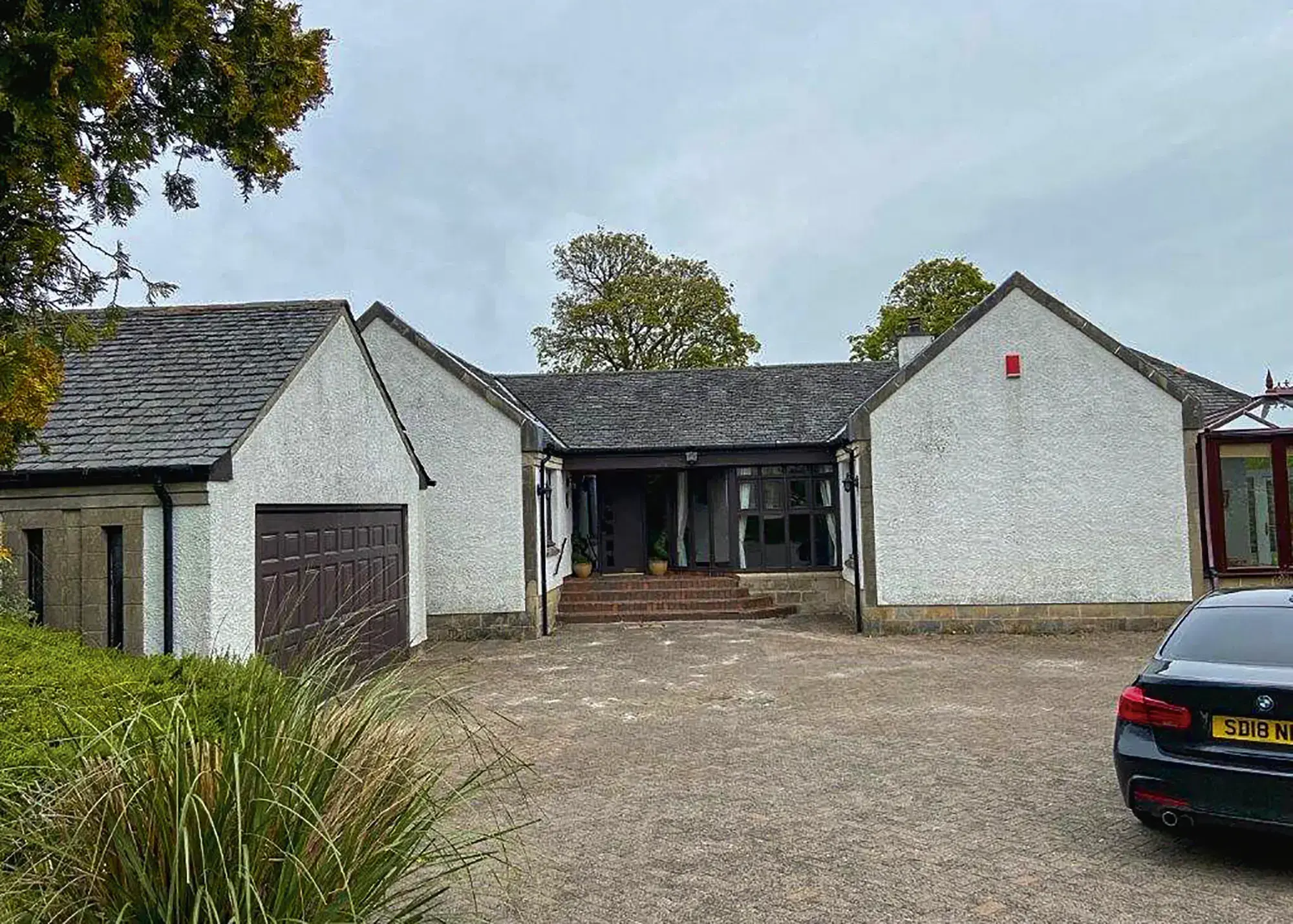
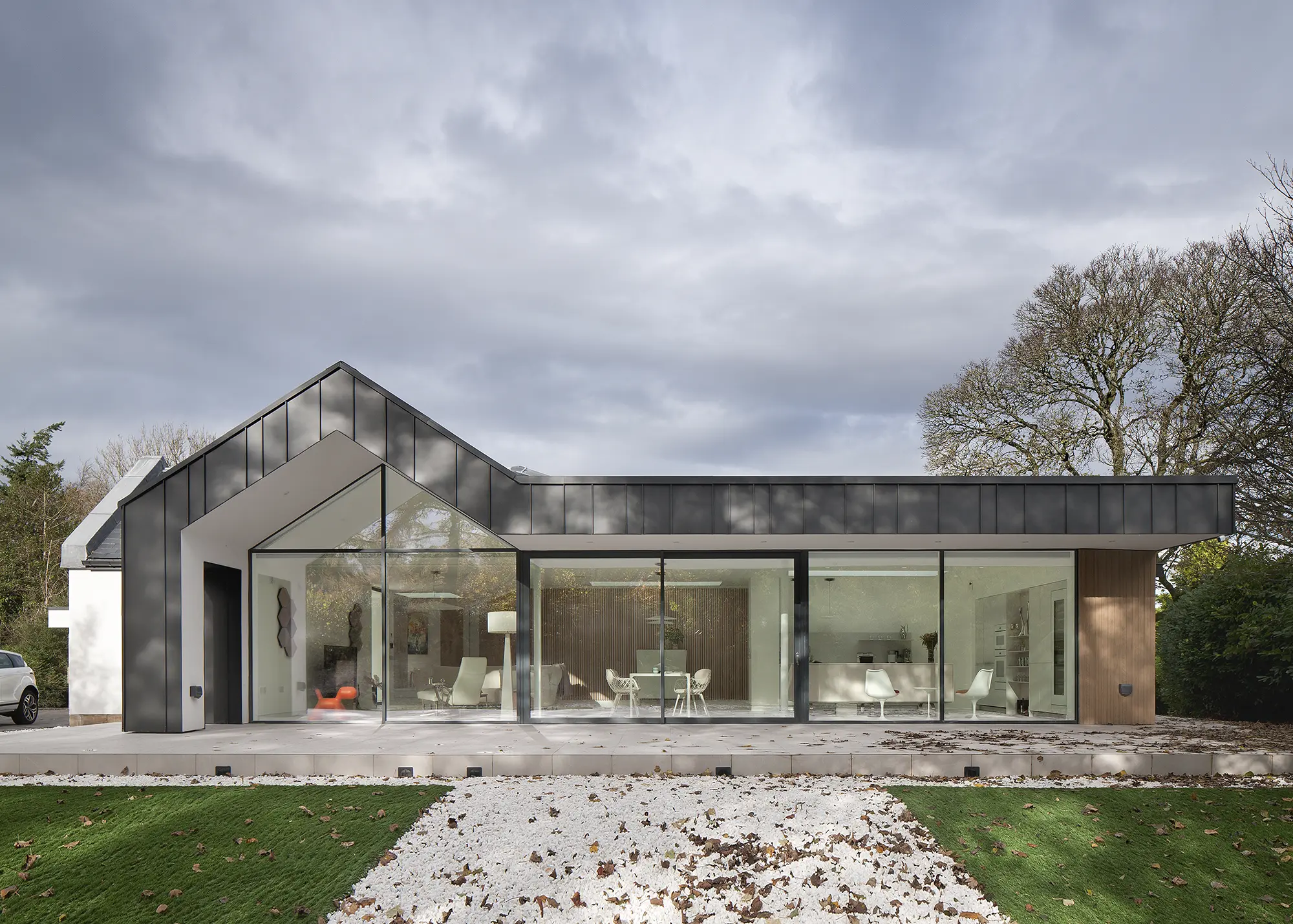
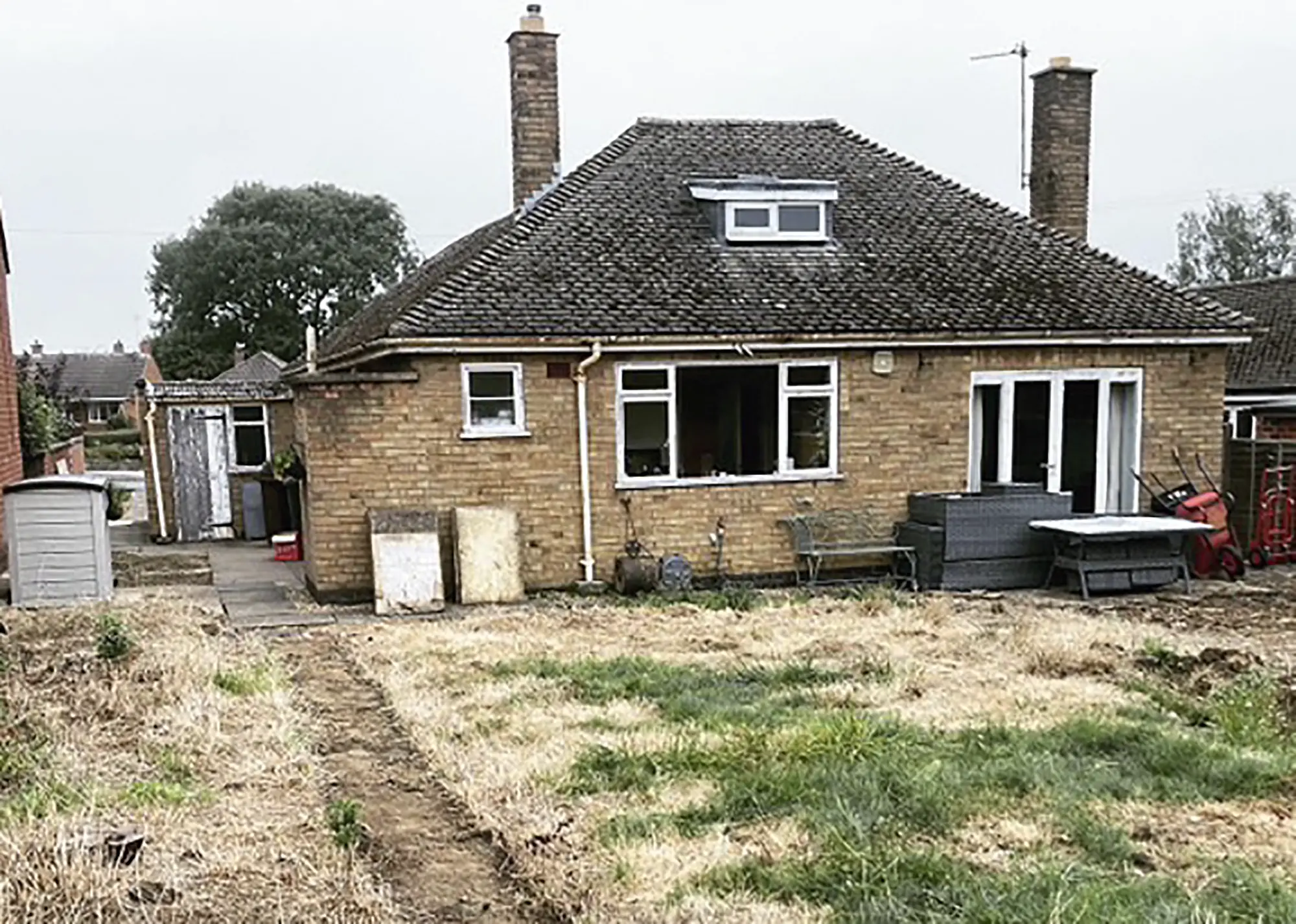 BEFORE
BEFORE DURING
DURING